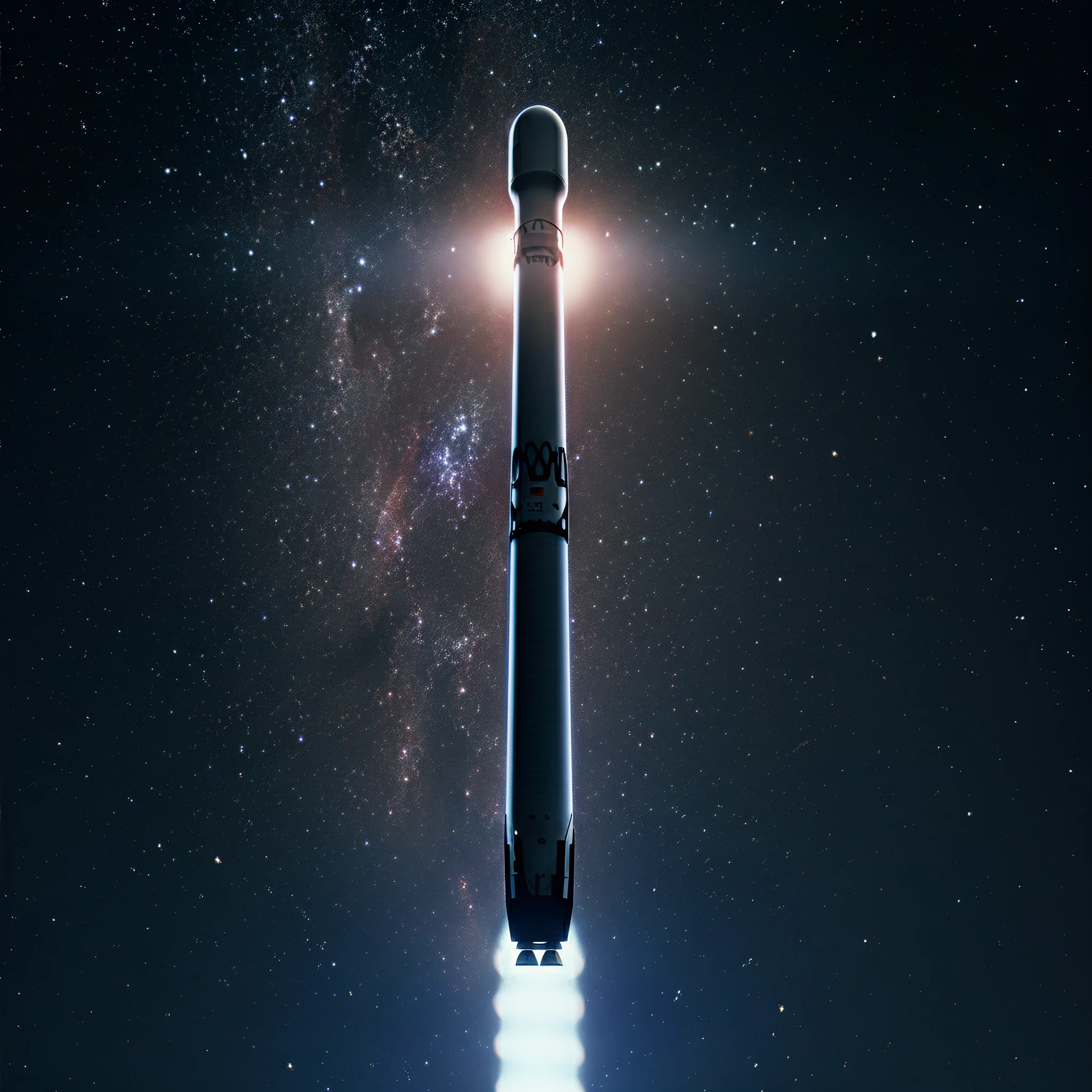SpaceX continues to push the boundaries of space exploration and satellite internet technology. On Sunday night, April 27, 2025, SpaceX successfully launched 23 Starlink satellites aboard its reliable and reusable Falcon 9 rocket from Cape Canaveral, Florida. The mission, which lifted off at 10:09 p.m. EDT (0209 UTC), marks another milestone in SpaceX’s ambitious efforts to expand global connectivity while showcasing advancements in aerospace engineering.
The Highlights of the Mission
Here are the key details that make this launch noteworthy:
- Mission Objective: The deployment of 23 new Starlink satellites into low Earth orbit to expand SpaceX’s satellite internet service. Among these, 13 satellites are equipped with technology to provide direct-to-cell phone services, a significant step forward in accessible satellite communication.
- Falcon 9’s 20th Flight: The Falcon 9 first-stage booster (B1077) achieved its 20th mission, demonstrating SpaceX’s unmatched commitment to reusable rocket technology.
- Successful Landing: The booster landed safely on SpaceX’s Atlantic Ocean droneship, Just Read the Instructions, approximately eight minutes after liftoff. This marks the 438th booster landing and contributes to SpaceX’s demonstrated cost-efficiency and operational reliability.
- Deployment Confirmation: All 23 satellites were successfully deployed into orbit just over an hour post-launch, solidifying another step in the Starlink global rollout.
- Another Milestone for 2025: This was SpaceX’s 48th Falcon 9 launch of the year, showcasing an impressive cadence in space operations.
Starlink’s Growing Reach
Starlink, SpaceX’s revolutionary internet satellite constellation, has been game-changing in providing global internet access, especially in remote and underserved regions. With this launch, SpaceX adds 23 more satellites to its growing network, bringing enhanced services to millions of users worldwide. The 13 satellites with direct-to-cell service capabilities are expected to bridge connectivity gaps and improve mobile communication, making Starlink a viable option for areas where traditional infrastructure struggles.
Falcon 9’s Proven Technology
The Falcon 9 rocket continues to set industry standards with its reusability and performance. The booster, B1077, has previously served on 19 other missions, including sending cargo to the International Space Station and deploying additional Starlink satellites. This successful 20th flight demonstrates the durability and innovation of SpaceX’s engineering.
The reusable nature of the Falcon 9 lowers costs and minimizes waste, making launches like this more sustainable and efficient. The safe landing of the booster on Just Read the Instructions further cements SpaceX’s reliability in orbital launches.
What’s Next for SpaceX and Starlink?
SpaceX aims to revolutionize how the world connects, combining cutting-edge satellite technology with an ambitious launch schedule. This Starlink launch is a step toward extending high-speed internet to even more remote areas across the globe and introducing enhanced mobile communication capabilities.
Looking ahead, SpaceX has additional launches planned for the coming weeks, continuing its relentless pursuit of making space accessible and providing the infrastructure for Starlink’s expanding operations. With every successful mission, SpaceX not only boosts the Starlink network but also enhances its reputation as the leader in commercial aerospace innovation.
Join the Journey
SpaceX’s achievements are paving the way for a future where global connectivity is seamless and accessible to everyone, everywhere. Whether you’re a space enthusiast, tech aficionado, or investor, missions like these highlight the incredible potential of combining space and innovation.
Stay tuned for more updates on SpaceX missions and advancements in satellite technology. For live coverage, exclusive insights, and more exciting announcements, subscribe to Spaceflight Now’s YouTube Channel.








